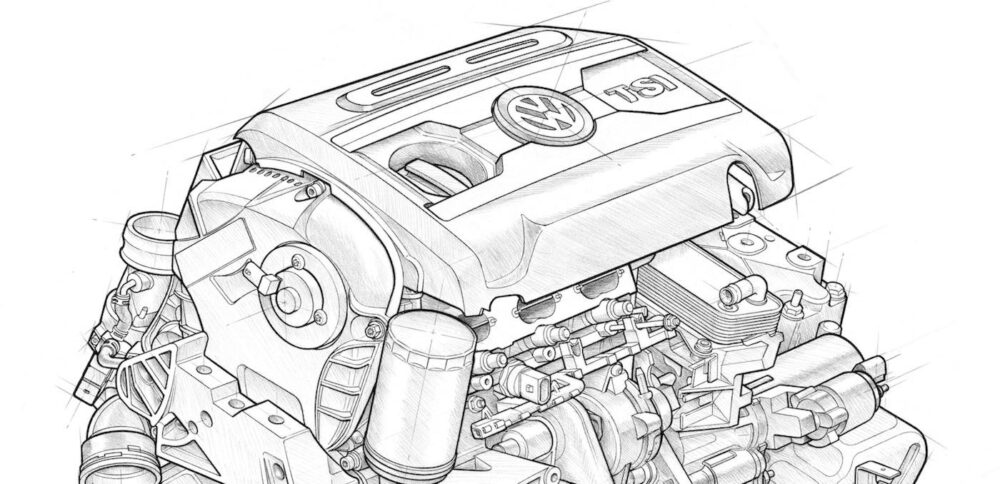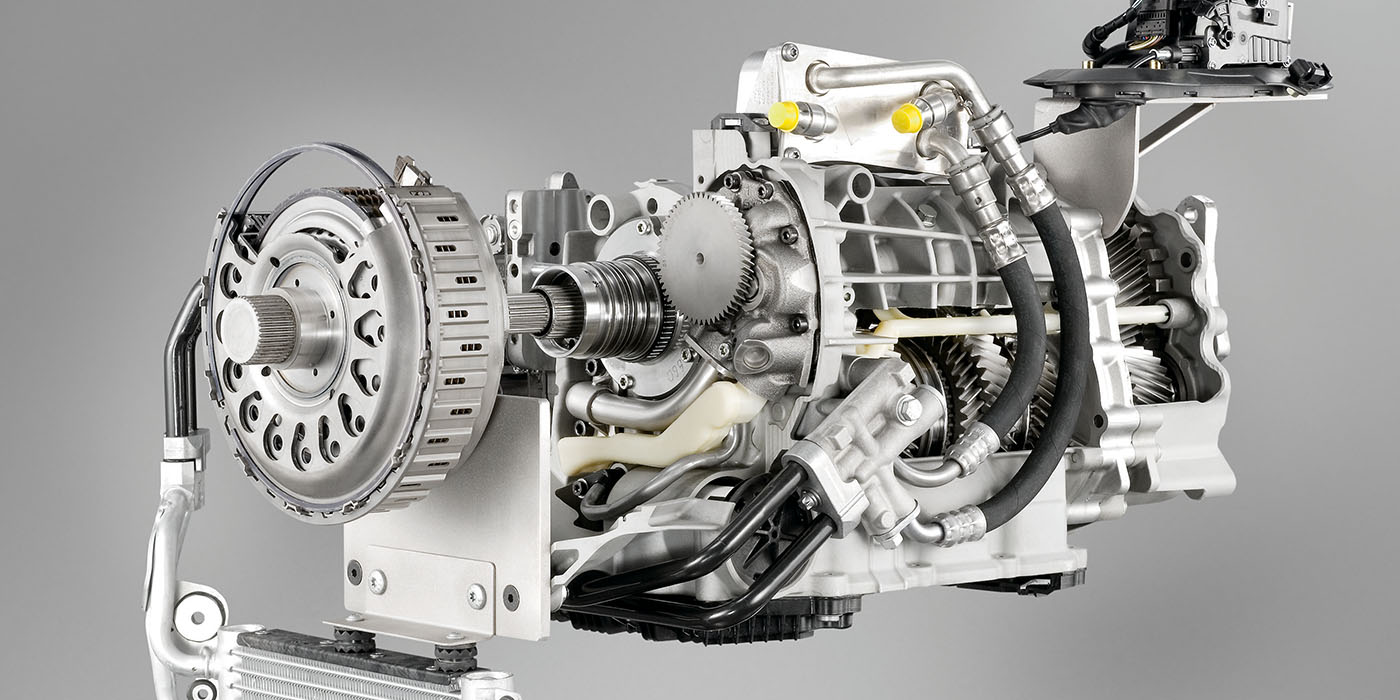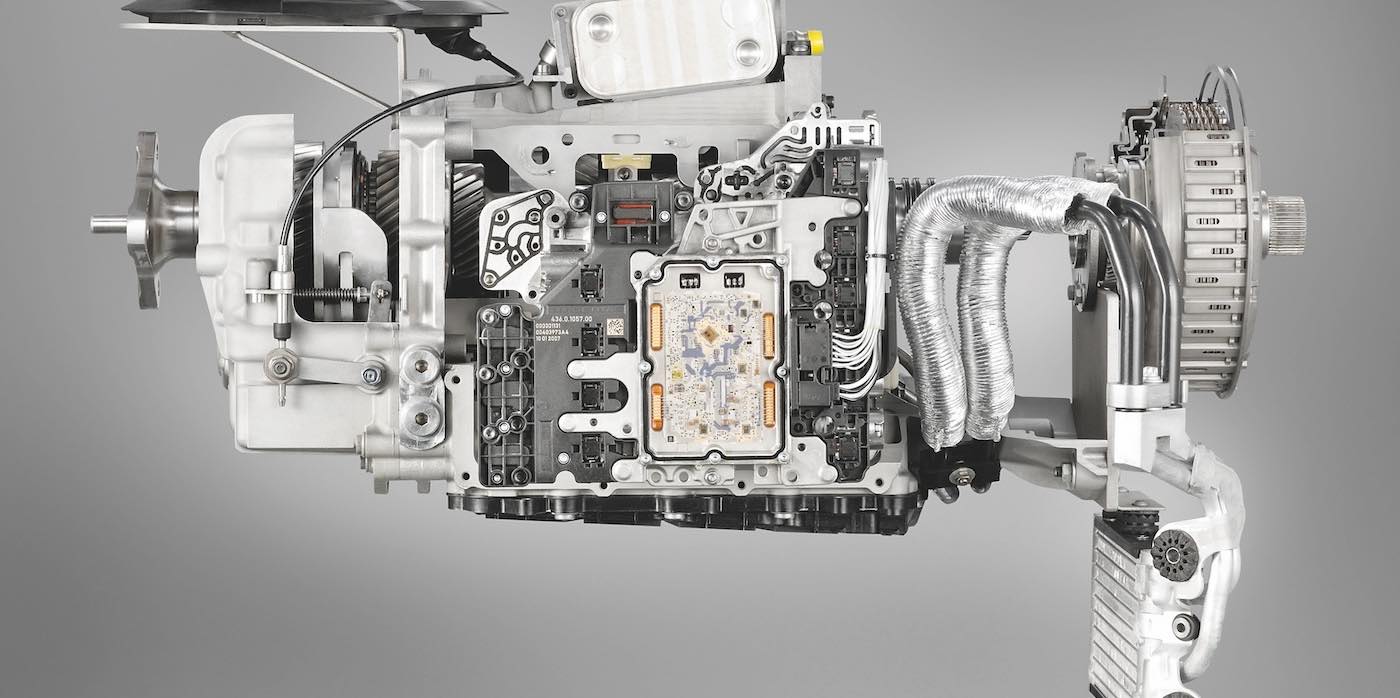
Land Rover was one of the first import nameplate manufacturers to adopt a four-corner air ride suspension on the Range Rover. Over the past 25 years, the system has become more refined and reliable.
Land Rover uses the air ride system to increase ride height and improve suspension articulation over obstacles during off-the-road driving. On the road, the air ride system gives the vehicle a luxury ride. It is one of the rare air ride systems that lets the driver tune the ride height to the terrain. Below are the four most common failures for Land Rover air ride systems and why they occur.
Ride Height Sensors
Since the late 1990s, Land Rover has used Hall effect ride height sensors. These sensors not only measure the position of the suspension, but also the rate of movement. They are supplied with a voltage of around 5 volts. The signal voltage is changed as a magnet moves past a coil. Internally, it is difficult to damage one of these sensors. Externally, the linkage that connects the sensor to the suspension arm can be damaged. On some sensors, the linkage is serviceable; on others, it might require a new sensor.
The connector can be damaged and cause a short or open. When this happens, a code will be set. If a sensor is replaced, it must be calibrated after it is installed.
Calibration
Any time a ride height sensor or a module on a late-model Land Rover is replaced, you should perform a calibration of the air ride system. This requires a scan tool that is able to communicate with the air ride module. Not calibrating the system can result in codes, and the system can go into a default mode. This can lead to an unhappy customer.
Before a calibration procedure is carried out, make sure the tires are at the correct pressure. And be sure to charge the customer for the calibration procedure.
Air Springs (Bags)
Air springs are no longer the weakest link for Land Rover models. Since 2002 with the introduction of the L322 platform, Land Rover has consistently improved its air bag designs and materials. But that does not mean that they will not eventually leak.
On older models, the front springs would dry rot before the rear. Oftentimes, this was due to the heat from the engine bay and oil leaks, plus the fact that they are mounted lower on the frame rail and lower control arm. In 2002, the L322 configuration moved the air spring to the top of the strut.
If you are looking for a slow leak, the spray bottle and soapy water method might work. On newer models, it might be difficult to spot the leaks at the top and bottom of the air bag. If you have the factory IDS or SSD tool, it is possible to perform a leak decay test where you can check the ride height over time while the system isolates the corners.
The air line connectors at the springs and reservoir can also leak. It is possible to trim the hose and reconnect the fitting.
Compressors
Most Land Rovers use a single piston, high-pressure air supply compressor. The typical compressor can generate more than 200 psi, and there is a pressure relief valve on the compressor set at approximately 250 psi. Many of these compressors also have a valve to keep the pressure at a minimum of 40 psi. Most air springs have a burst pressure above 450 psi.
These compressors have a fixed piston that tilts in the cylinder. The cylinder is sealed with a ring made of phenolic resin or similar material. The ring is not lubricated and is designed to wear.
The compressor is used to fill the reservoir on most systems. The air in the reservoir is then used to trim the pressure in the air ride units. When the reservoir is depleted, the system turns on the compressor.
Over time, because of wear in the compressor, it will not generate enough pressure to recharge the reservoir.
The system will sense that the compressor is not generating enough pressure to fill the reservoir by measuring the amount of time the compressor has to run under a given set of conditions (ambient temperature and barometric pressure) to change pressure.
If the compressor is not able to fill the reservoir in a given period of time, it will set codes and lock the suspension into a predetermined ride height, while performing the bare minimum corrections to conserve air in the reservoir and minimize compressor run-time.













